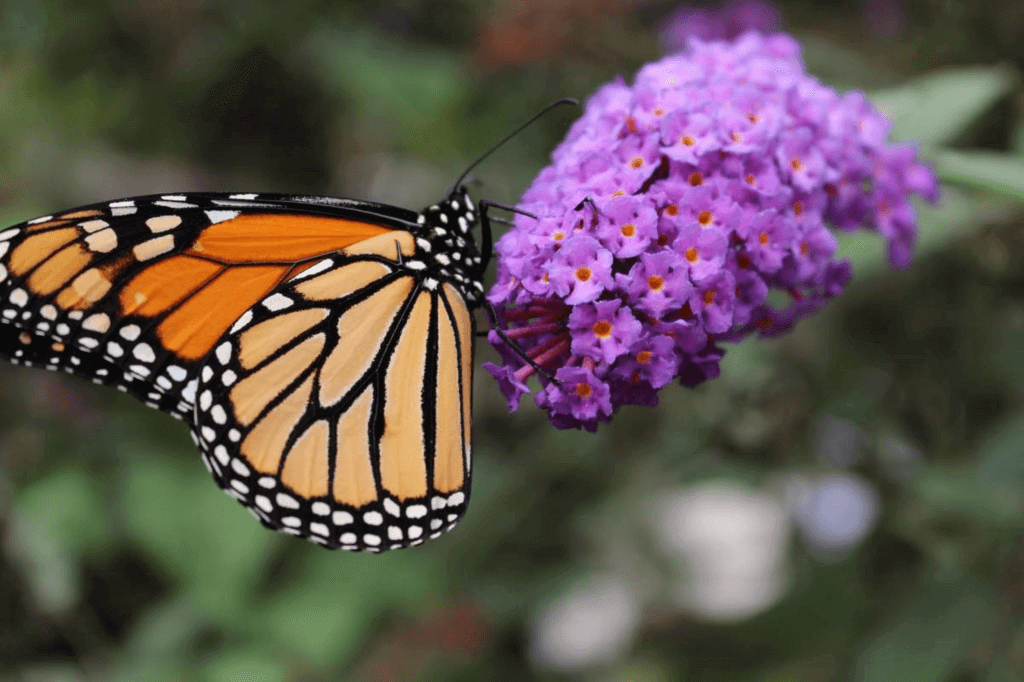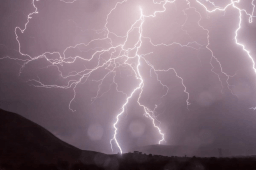California Western Monarch Day
(Also known as Western Monarch Day)
California Western Monarch Day is observed next on Thursday, February 5th, 2026 (62 days from today).

California Western Monarch Day is celebrated on February 5 every year. Butterflies are creatures that are always loved by people of different age groups. They fly a little higher and move from place to place. The Western Monarch is one of the annual migratory butterflies that come to the central coast of California. Under various circumstances, the Western Monarch was found to be decreasing in number. To encourage people to save them and protect them from any further decline, California Western Monarch Day is celebrated. This day also celebrates and pays homage to the thousands of butterflies that have returned.
History of California Western Monarch Day
California Western Monarchy Day, informally known as Western Monarchy Day, was established by the California State Legislature in 2004. The day commemorates the annual migration of Western monarch butterflies during the winter months, from about October to March, to the central coast of California, the world only wintering spot for butterflies. Vacation was founded with the understanding that it would positively impact tourism and education programs. Indeed, many visitors come to the area during migration, boosting tourism at a time of year when it is sluggish.
Events are held around the state of California on or on a nearby date. Over the years, an event has been held at Mile Square Regional Park in Fountain Valley, California; a "citizen science butterfly population" led by the Irvine Ranch Conservancy was held at the nearby Limestone Canyon, and the largest celebration in the state was held at Pismo State's Monarch Butterfly Garden in Beach. Pismo Sea. One of the most popular butterfly destinations in the state, and one of the largest butterfly colonies in North America, Pismo Beach is regularly home to more than 20,000 monarch butterflies that congregate in tall eucalyptus trees.
In addition to Pismo Beach, monarch butterfly gardens can also be found in Nipomo, Los Osos, and Morro Bay. In Nipomo, at Monarch Dunes Butterfly Habitat, up to 60,000 monarch butterflies visit each winter and make their home in a grove of blue eucalyptus trees. There are two forests in Los Osos: Monarch Grove Natural Area and Sweet Springs Nature Preserve. Monarch Grove Natural Area at the end of Monarch Lane covers 18 acres. Sweet Springs Nature Reserve covers 24 acres and is located on the mouth of the Morro Bay River. It has been administered by the Morro Coast Audubon Society since 1989. In nearby Morro Bay, the Morro Bay Monarch Butterfly Grove Golf Course can be found at the heart of the Morro Bay Golf Course. Kings sometimes came to the eucalyptus grove as early as August and gathered themselves on the low branches.
Because of the cold climates in the northern, they migrate to warmer climates, sometimes traveling a distance of over 1,000 miles. One of the only insects that migrate, they do so twice a year - like birds - moving to warmer climates and then back again. Western kings lived west of the Rocky Mountains. During the summer months, they can be found in canyons or near rivers in the west, southwest and inland in states from California all the way to British Columbia. A few can also be found on the Pacific Northwest coast. Numbering in the tens of thousands, they migrate west and south, nesting mainly on the central coast of California. Eastern kings, far outnumbered by western kings, lived east of the Rockies and migrated south to the alpine regions of central Mexico. Monarchs can also be found in Hawaii, Puerto Rico, New Zealand, and on some islands in the Caribbean; those butterflies don't migrate.
Monarch begins as a caterpillar. They only exist on milkweed, a plant that produces glycoside toxins. Caterpillars are immune to poison, but predators are not, and caterpillars should not be eaten because the poison builds up in the caterpillar's body and gives them an unpleasant taste. The caterpillars grow and molt in two weeks, forming a chrysalis, in which they completely metamorphose and turn into butterflies. As butterflies, the toxins are still in their system, still protecting them.
Most adult butterflies live only a few weeks. During that time, they live on nectar from a variety of plants, looking for mates and looking for milkweed to lay eggs. The last generation of monarch butterflies hatch in late summer and they can live as long as eight months. They do not reach sexual maturity immediately, and instead they make a migration in the fall. Although they had never made the journey before, they knew exactly where to go. They remain dormant during the coldest months, but around March they become sexually mature and then mate. They died soon after, and their offspring ended their migration north.
Between the 1990s and the late 2010s, monarch butterfly populations declined by about 90%, largely due to habitat fragmentation and loss. Both urban development and intensive agriculture affect the living environment. In addition, herbicides kill milkweed and nectarine plants that butterflies eat, and pesticides kill monarch butterflies. Finally, climate change has altered weather patterns and migration timing. Because of the decline in the number of kings, it seems even more urgent to celebrate a holiday dedicated to them and to the beauty and mystery of their annual migration.
How to Celebrate California Western Monarch Day
Many events are held on or around that date and you can attend if you can get to California. You can check if an event is being held at Mile Square Regional Park in Fountain Valley, where over the years butterfly experts have educated and answered questions, and the species Native plants were available for planting. You can see if the Irvine Ranch Conservancy is hosting a "citizen science butterfly count" at Limestone Canyon. The best location for the event is the Pismo State Butterfly Garden in Pismo Beach (events can be held on Saturdays nearby). At the event, there are butterfly talks and educational pavilions for adults, and art activities for children. The largest part of it, of course, is the thousands of regal reeds that can be seen hanging in clusters of eucalyptus and pine trees. This grove is usually open in October and is open throughout February, and doctors can be found talking daily. You can also visit other butterfly gardens today, such as the Monarch Dunes Butterfly Forest in Nipomo, the Monarch Grove Natural Area or Sweet Springs Nature Reserve in Los Osos, or the butterfly forest in the Morro Bay Golf Course.
If you can't travel to California, you can choose other ways to celebrate. You can participate in the National Wildlife Federation's Garden for Wildlife program and plant a habitat garden with milkweeds and nectarines for the monarch butterflies to return to enjoy. Growing local native plants is best. Go through some regional guides so you know what to plant in your area. You can join Butterfly Heroes, another National Wildlife Federation program, designed to help children and families raise awareness of population decline and get them involved in helping Support monarch butterflies and other butterflies. The National Wildlife Federation is working to save and restore the monarch butterflies habitat and can learn more about it. You can also learn about the number of Western monarchs in California with the Earl of the Western Monarchy, encourage your mayor to make the Mayors Monarchy Pledge, or perhaps watch a documentary on the emigration of monarchs.
Observed
California Western Monarch Day has been observed annually on February 5th.Dates
Monday, February 5th, 2024
Wednesday, February 5th, 2025
Thursday, February 5th, 2026
Friday, February 5th, 2027
Saturday, February 5th, 2028
Founded by
California State Legislature on May 5th, 2004


